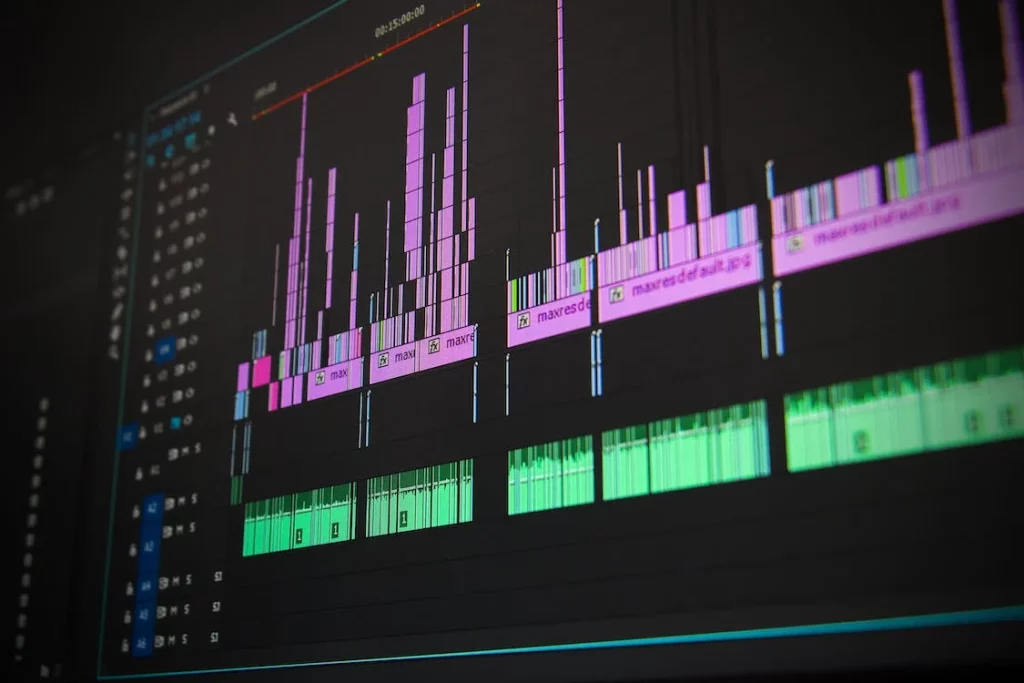How to Make Your Videos More Accessible – 11 Tips



How to Make Your Videos More Accessible – 11 Tips
In today’s digital age, video content has become a dominant force in online communication. However, for your content to truly shine and reach its maximum potential, it must be accessible to everyone, regardless of their abilities. Accessibility is not just a legal requirement; it’s a moral and strategic imperative that ensures your content is inclusive and resonates with the widest possible audience. In this comprehensive guide, we will delve deeply into 11 actionable tips on how to make your videos more accessible. These tips will help you create content that is not only legally compliant but also embodies the spirit of inclusivity and openness.
Create Captions and Transcripts
Why It Matters:< Captions, which provide a textual representation of spoken content and sound effects, are crucial for individuals with hearing impairments. Additionally, transcripts, which are written versions of the video’s spoken content, serve as an alternative format for information access, benefiting not only those with hearing impairments but also individuals who prefer to read or require translated content.
Use Descriptive Alt Text for Images and Graphics
Why It Matters: Alt text is an indispensable tool for individuals who rely on screen readers to interpret visual content. Ensure that all images and graphics in your videos have descriptive alt text, conveying not only their content but also their context within the video.
Provide Audio Descriptions
Why It Matters:Audio descriptions go the extra mile by offering a layer of narration that describes visual elements, actions, and expressions within your video. This feature is invaluable for blind or visually impaired viewers, as it enables them to gain a comprehensive understanding of the content.
Select Accessible Video Players
Why It Matters:Choosing a video player that supports accessibility features is paramount. Seek out video players that offer straightforward navigation, keyboard control, and compatibility with screen readers, ensuring that your viewers can engage with your content effortlessly.
Optimize Video Player Controls
<h3>Why It Matters:</h3> Ensure that your video player controls, such as play, pause, volume, and captions, are not only easy to locate but also operable via keyboard shortcuts. This accessibility feature guarantees that users who rely on keyboard navigation can navigate your video seamlessly.
Create High Contrast and Legible Text
Why It Matters:Pay meticulous attention to text elements within your videos, including subtitles and on-screen text. Utilize high-contrast color schemes and legible fonts to guarantee that text is easily readable, even for individuals with visual impairments.
Test for Keyboard Accessibility
Why It Matters:Keyboard accessibility is a critical aspect of ensuring that all interactive elements within your video, such as buttons and links within the video player or overlays, can be effortlessly navigated and activated using a keyboard alone. This accessibility feature is invaluable for users who cannot rely on a mouse for navigation.
Provide Clear Audio Quality
Why It Matters:Clear and well-balanced audio is essential not only for the overall viewing experience but also for individuals with hearing impairments. Utilize quality microphones, minimize background noise, and ensure that speakers articulate their speech clearly to cater to a diverse audience.
Include Sign Language Interpretation
Why It Matters:To cater to viewers who use sign language as their primary mode of communication, consider including sign language interpretation in your videos. This can be accomplished through inset or overlay video of a sign language interpreter, ensuring that your content is accessible to the Deaf community.
Check for Compatibility with Screen Readers
Why It Matters:> Screen readers are indispensable tools for individuals with visual impairments. Testing your videos with screen reader software is essential to ensure compatibility and a seamless experience for these users. Address any issues that may arise during testing promptly.
Offer User Feedback and Support
Why It Matters: Encourage feedback from your viewers about the accessibility of your videos. Providing contact information or a user-friendly feedback form allows users to report any accessibility concerns or suggestions for improvement. User feedback is an invaluable resource for continuous enhancements.
Taking Accessibility to the Next Level
For those who are committed to going above and beyond in terms of accessibility, here are some advanced tips to consider:
Incorporate Interactive Transcripts
Why It Matters:Interactive transcripts synchronize the text transcript with the video, highlighting the corresponding words as they are spoken. This feature not only benefits individuals with hearing impairments but also aids non-native language speakers and those who learn better through both visual and auditory cues.
Implement Audio Description Tracks
Rather than embedding audio descriptions directly into the video, provide separate audio description tracks that users can choose to enable. This offers greater control to viewers with visual impairments, allowing them to customize their experience based on their preferences.
Use Semantic HTML5 Elements
Why It Matters:When embedding videos on your website, opt for semantic HTML5 elements like <video> and <audio> with proper attributes. This not only enhances compatibility with screen readers but also ensures that your content is easily discoverable by search engines, thereby boosting your video’s visibility.
Conduct User Testing
Why It Matters: Engaging users from diverse backgrounds and abilities in accessibility testing can reveal critical insights and areas for improvement that might not be apparent through traditional testing methods. Gathering real user feedback is invaluable in refining your video accessibility efforts.
Conclusion
Making your videos more accessible isn’t just a matter of compliance; it’s about creating content that respects the diversity of your audience. By implementing these 11 tips and considering advanced techniques, you can ensure that your videos are accessible to all, regardless of their abilities or disabilities. This not only broadens your reach but also fosters inclusivity and showcases your commitment to providing equal access to information.
For more detailed guidance on improving video accessibility and to explore a wide range of themes related to accessibility and inclusivity, visit our website. We are dedicated to providing extensive resources and detailed answers to help you create a more accessible digital world.








